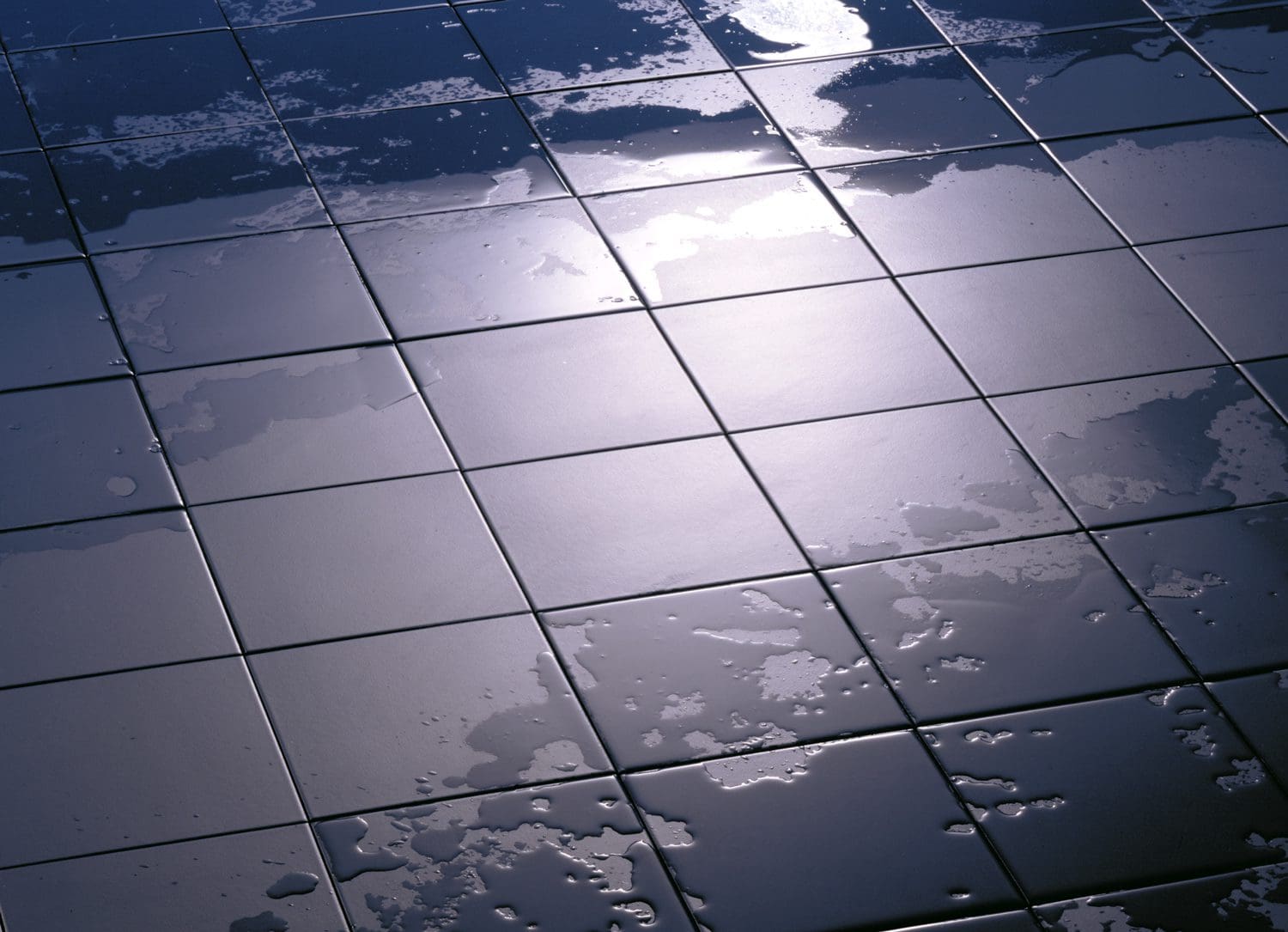If you’ve experienced a leak before, it’s likely that you are familiar with the feeling of confusion and panic when this happens. When you have a large leak and water is pouring from the ceiling, it’s incredibly stressful and upsetting.
However, you can minimise this feeling by being prepared in advance. It’s important when you take ownership of a new property – whether it’s your home or workplace – that you familiarise yourself with how turn off the water in the event of an emergency. Here’s what to do if you have a leak in your home:

First steps
In the event of a major escape of water, the first thing to do is turn off isolation of stop valves. Once the stop valves are closed you should grab a bucket or container to catch the water to minimise damage to your floors – if you have one to hand, you could also place tarpaulin on the carpet or soft furnishings.
It’s important to note that if you have a lot of water escaping from pipes, and you think that the water has reached an electrical socket, turn your electricity off too as a precaution, or at least until you can get a professional to assess the risks.
Every property is different, and you might not need to turn off the entire supply, depending on where the leak is coming from – instead using the shut off valve at a specific source. For example, if your kitchen sink is leaking, you could isolate these taps. This will be located under the sink – you should see two isolation valves marked red
for hot and blue for cold. Turn these valves clockwise to disconnect the water supply to the sink. This means you can replace the taps with minimal disruption.
If the toilet is the cause of the fault – for example, if your cistern is continuing to fill, your toilet could eventually overflow. You may have an isolation valve. If you have a mains-fed cistern, you will need to locate the stop tap to cut off the water for your entire home but if you have a storage cistern, you should be able to close the gate valve on the supply pipe only.
Another common cause of floods is the washing machine. Pull the washing machine out from the wall so you can locate the pipes, and turn the isolation valve off (this is usually counter-clockwise). If this doesn’t work and the leak is still active, you will need to cut off the supply to the entire property.
To turn off the entire supply, you will need to locate the internal stop tap. This is most often located in the following places:
- Under the kitchen sink
- In your airing cupboard
- In a downstairs toilet
- Under the floor at the front door
- Under the stairs or in the cellar
Once you have located the stop tap, turn it clockwise and run the taps in the property to drain the system. This will immediately stop the leak and minimise any water damage.
Get professional help
Once the water is off, call a plumber. We would always advise calling a plumber rather than trying to fix it yourself. This will reduce the chance of long-term damage. This could either be one that you source yourself, it could be through us, or it may be an idea to call your home insurance emergency helpline as they may be able to organise one for you – or at least get details so that you can get a claim started and have approval to use your own.
Before speaking to a plumber, it’s a good idea to see if you can work out where the leak is coming from. This will help enable you to give your plumber or insurance company an idea of the problem and the damage that has been caused.
The chances are that you’ll have to wait for a plumber to arrive and will need to carry out a clean-up operation. Push furniture aside from the affected area and start to mop up water. This will prevent mould and mildew developing. Fans and dehumidifiers can help to dry out your home faster or if you don’t have one to hand, keep the area well ventilated.
Once your plumber has arrived and fixed the leak, with everything working as it should, you may need to arrange for your furniture, carpets, or soft furnishings to be deep cleaned or replaced. If you have a good home insurance policy the costs for the plumbing work and replacing damaged goods and redecoration work should be covered.
Over the next few weeks, check that your appliances and fixtures work properly and listen out for any dripping sounds or new water marks on your ceilings or walls.
